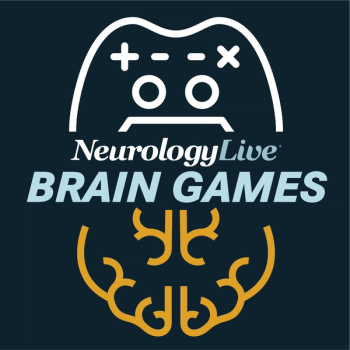
Prevalence and Quality of Life Impact of Dyskinesia in Parkinson Disease
Panelists discuss how dyskinesia affects 30% to 50% of Parkinson patients by 5 years and over 90% by 10 years, creating significant functional limitations including impaired writing, eating, and dressing abilities, increased fall risk, job performance challenges, social isolation due to embarrassment about abnormal movements, and restrictions on therapeutic options since increasing levodopa doses to manage OFF time would worsen dyskinesia, ultimately impacting both patients' basic human dignity and their caregivers' quality of life.
Episodes in this series

This segment examines the prevalence of dyskinesia in Parkinson disease patients, revealing that it is a common and progressive complication. Dyskinesia can emerge surprisingly early in treatment, with approximately 17% of patients developing it as early as 40 weeks in studies using 600 mg of levodopa. The prevalence increases significantly over time, affecting 30% to 50% of patients by 5 years and over 90% by 10 years or longer. Key risk factors include younger age at onset, more prolonged exposure to levodopa, higher doses, and total dopaminergic therapy exposure. Importantly, the development of OFF time episodes and dyskinesia is interconnected, where each condition increases the risk of developing the other.
The understanding of dyskinesia has evolved from earlier beliefs about delayed levodopa therapy. While previous approaches involved using dopamine agonists as initial therapy to delay dyskinesia onset, these strategies showed limited long-term benefits. They came with significant adverse effects, including sleepiness and poorer motor control. Recent research comparing Italian and Ghanaian populations has shifted perspectives, suggesting dyskinesia is more related to disease progression than medication exposure. Patients from Ghana, who had limited access to levodopa and delayed treatment, developed dyskinesia rapidly once therapy began, supporting the theory that dyskinesia development is primarily a disease state issue rather than purely medication related.
The functional impact of dyskinesia extends far beyond motor symptoms, significantly affecting patients' quality of life and daily functioning. Dyskinesia creates therapeutic challenges for clinicians, limiting treatment options since increasing levodopa doses or adding adjunct therapies may worsen dyskinesia. Functionally, it impairs essential activities, including writing, keyboarding, dressing, and eating, while increasing fall risk. Beyond physical limitations, dyskinesia impacts basic human dignity, employment capacity, and social relationships. Patients often experience social isolation due to embarrassment over abnormal movements, sometimes being mistaken for intoxication, leading to self-imposed isolation that also affects caregivers who become homebound and unable to leave patients alone.
Newsletter
Keep your finger on the pulse of neurology—subscribe to NeurologyLive for expert interviews, new data, and breakthrough treatment updates.



































